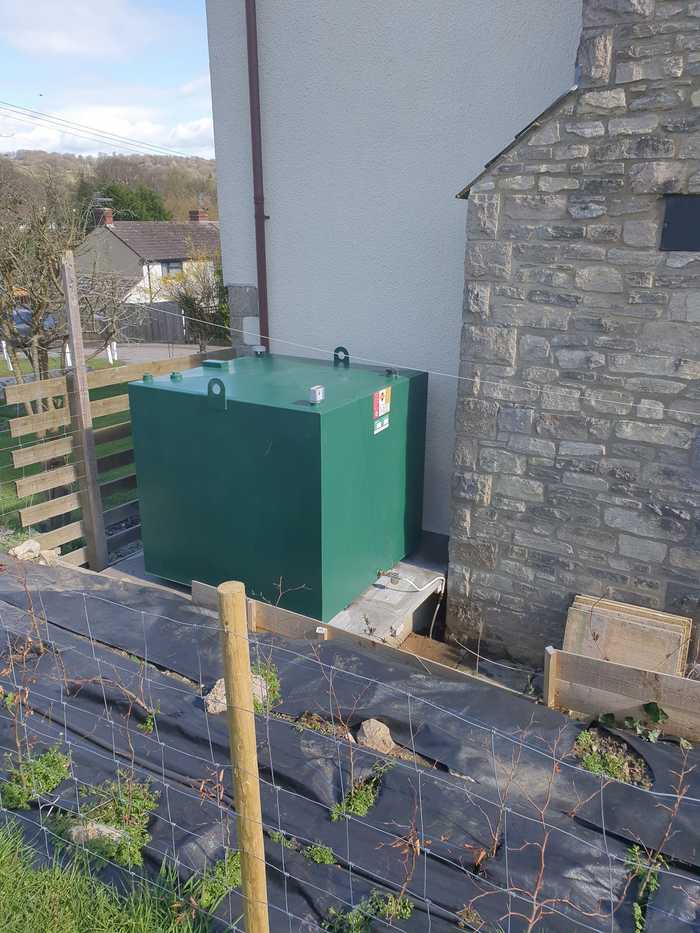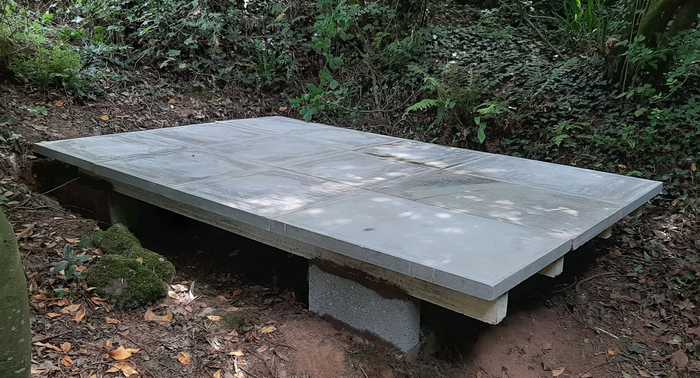Oil Tank Installation Regulations: A Guide

Regulations for oil tank installation might sound like a lot of responsibility for the average homeowner, but they’re in place for a reason: to protect you and your property and, importantly, reduce the potential risk of fires and the negative effects on the environment.
While every tank installation or relocation carried out by the CT Tanks team will be completed following OFTEC building regulations, it’s a homeowner’s duty to annually check that their oil tank still meets these fundamental requirements.
Let’s take a look at some of the key elements you’ll need to consider—covering new installations, tank relocations, oil tank bases, and general planning permission for certain cases.
Building regulations for oil tanks
For new domestic oil tank installations, relocation of existing tanks—or even replacing an old one that’s reached the end of its life cycle—you are required to review your local authority’s oil tank and building regulations. These standards are often liable to change, so you must ensure your current set-up or any planned works are in line with the most up-to-date legislation and determine whether planning permission is needed for these projects.
Indeed, as of 2022, regulations for extensions and oil tank installations were renewed, stating that planning permission won’t be required if:
- Your tank isn’t located in front of the main elevation fronting a motorway.
- Your tank is no higher than 3 meters
- The tank’s total height is no more than 2.5 meters if it’s within 2 meters of a boundary
- Additions or other buildings only cover half or less of the area surrounding the original property
Planning permission for listed buildings
If you’re planning to install an oil tank into a listed building, you will require planning permission, making sure to adhere to strict oil tank code. As well as identifying the requirements listed below, it’s also advisable to contact your local authority to confirm you’re following the most current regulations.
Planning permission requirements
- If your oil tank is installed above ground, it must have a protective fireguard.
- If groundwater is nearby, your oil tank will need additional protection—such as bunded tanks–to safeguard it against spillage and leakages
- For safety reasons, a fire valve is required to be fitted where the pipe enters the building or structure.

Oil tank base regulations
On top of ensuring that your oil tank meets local authority standards, it’s also vital that your oil tank base is equally adherent to strict regulations, for both safety and environmental impact concerns. When then thinking about base installation, you must consider the following:
The weight of a full tank. Fuel oil weighs approximately one tonne per 1,000 litres, in addition to the weight of the tank itself. If we consider that a domestic oil tank can hold up to 3,500 litres, equal to 3.5 tonnes, you would require a base that can safely uphold that weight load, irrespective of the ground conditions.
Failure to supply a base that can support the weight of a full tank will result in leakages, and damage to your tank and its pipes, leading to expensive repair work, as well as the irrevocable damage a leak could cause to the soil and the environment.
Here at CT Tanks, we ensure that each oil tank base installation is done professionally and following strict guidelines and regulations. For peace of mind, rely on us to provide a safe and secure base for your tank, one that is built to last.
Base materials regulations
Let’s talk materials. It’s imperative that your base is impermeable in order to protect the soil from any contaminating leakages. The base must also be constructed from a non-combustible material such as stonework, concrete or paving; installed and set on a level bed and extend the perimeter of the tank by a minimum of 300mm. For pre-cast concrete slabs, the base is required to be at least 50mm thick and installed on a hardcore base while concrete cast must be at least 100mm thick.
Much like regulations associated with the position of your oil tank, you are also required to install the base in a location where there’s a minimal risk of fire spreading to nearby structures. Always be sure to review these regulations, while being safe in the knowledge that any installation or relocation project carried out by the expert team of installers here at CT Tanks will follow strict OFTEC building regulations.
How can CT Tanks help?
If you’d like some further advice about domestic oil tank installation regulations, or to ensure your existing oil tank is meeting them, please don’t hesitate to contact the team here at CT Tanks.
Posted on November 23rd 2022

